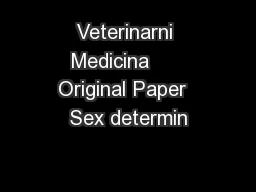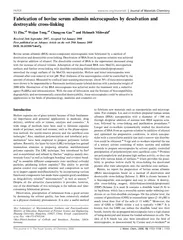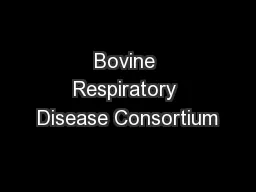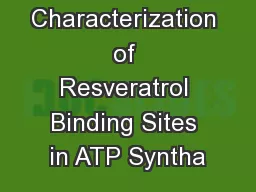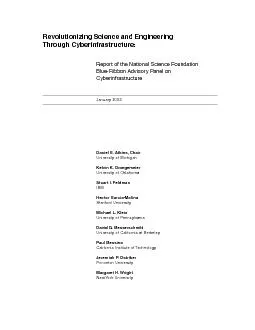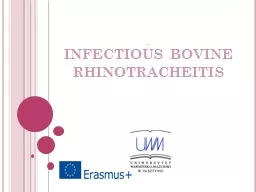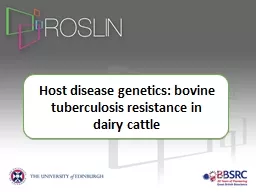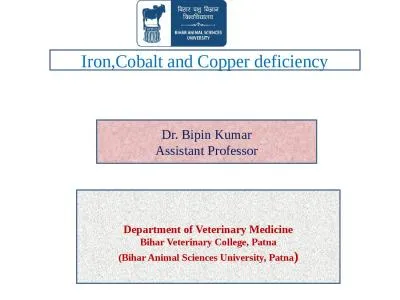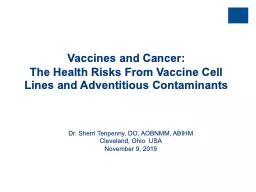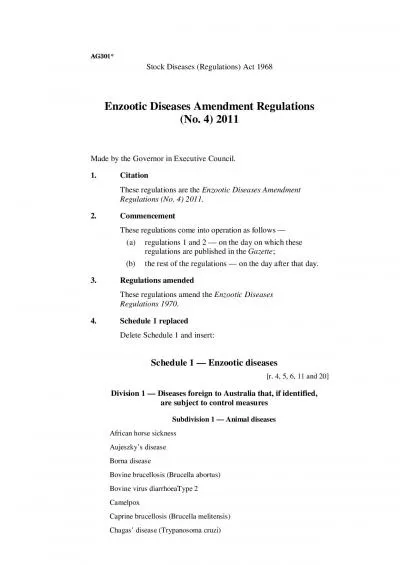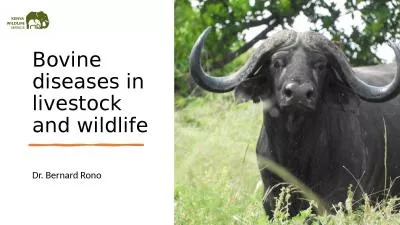PPT-Akabane disease (AKA) Enzootic bovine arthrogryposis
Author : thomas | Published Date : 2024-01-03
and hydranencephaly By Dr Marawan Elfky Definition Arthropodtransmitted viral disease Ch by congenital abnormalities in calves lambs and kids in a form Arthrogryposis
Presentation Embed Code
Download Presentation
Download Presentation The PPT/PDF document "Akabane disease (AKA) Enzootic bovine ..." is the property of its rightful owner. Permission is granted to download and print the materials on this website for personal, non-commercial use only, and to display it on your personal computer provided you do not modify the materials and that you retain all copyright notices contained in the materials. By downloading content from our website, you accept the terms of this agreement.
Akabane disease (AKA) Enzootic bovine arthrogryposis: Transcript
Download Rules Of Document
"Akabane disease (AKA) Enzootic bovine arthrogryposis"The content belongs to its owner. You may download and print it for personal use, without modification, and keep all copyright notices. By downloading, you agree to these terms.
Related Documents


